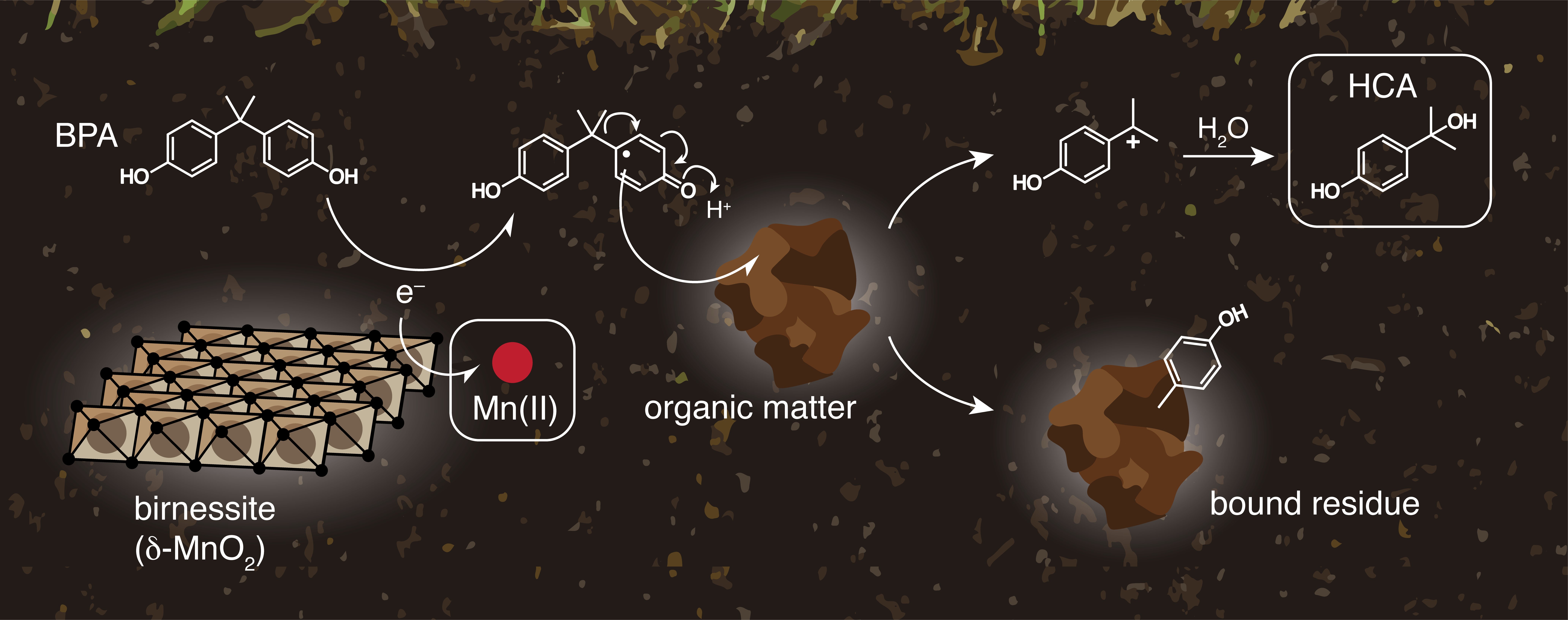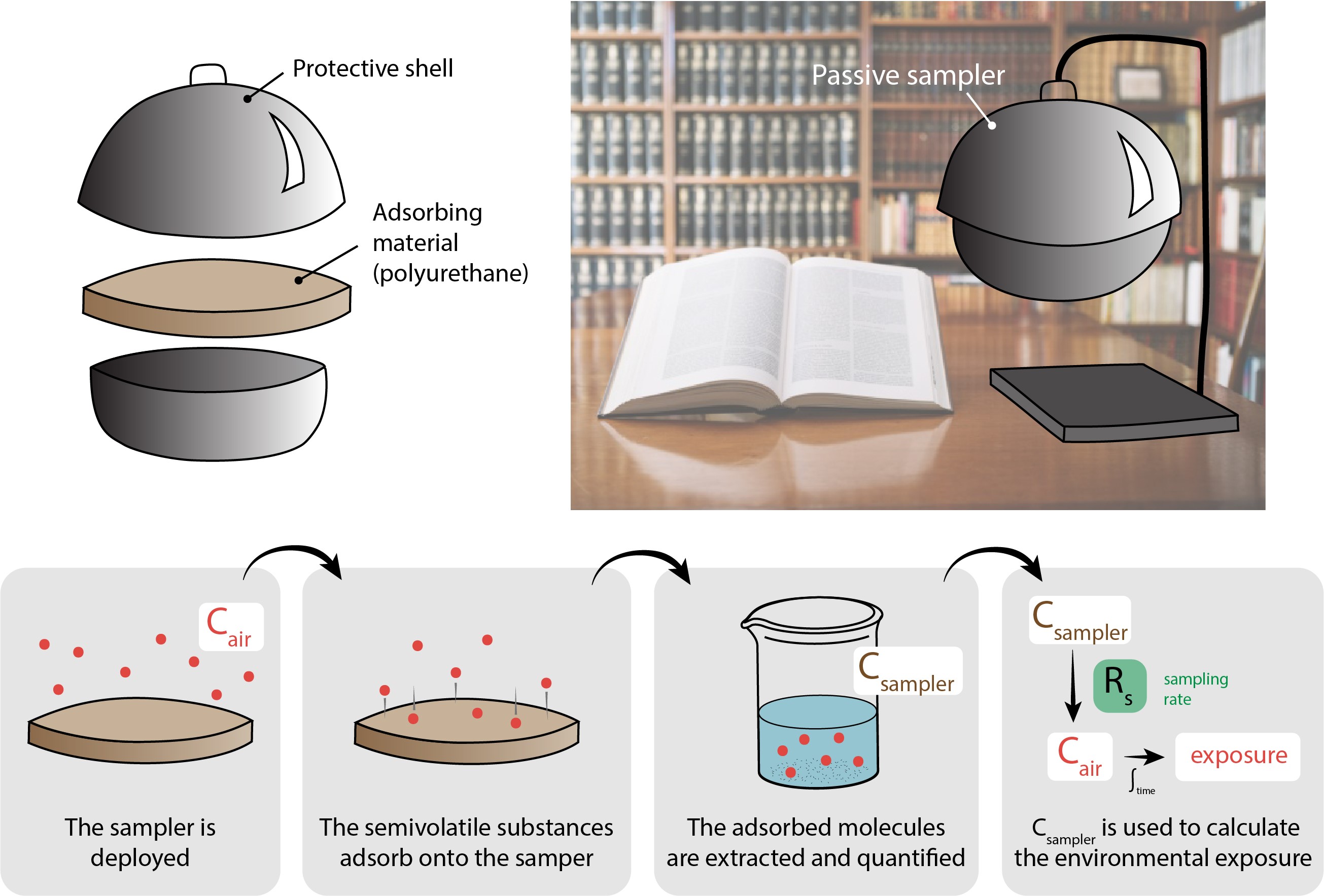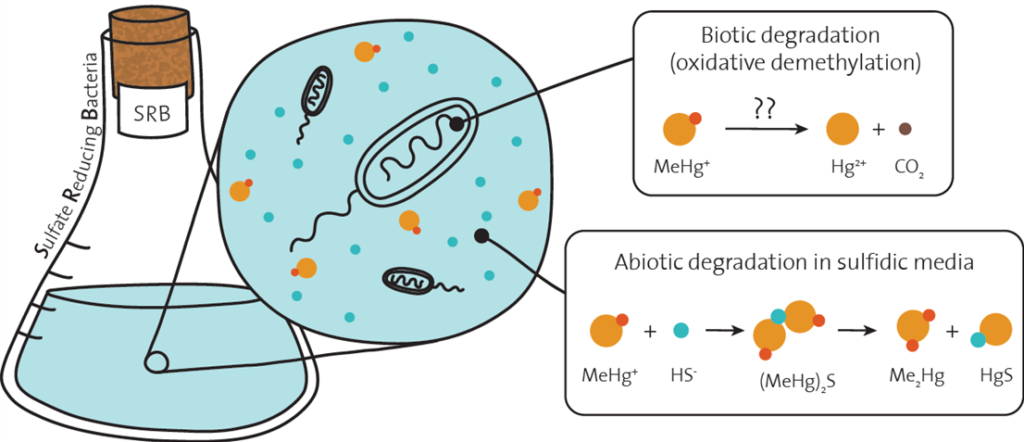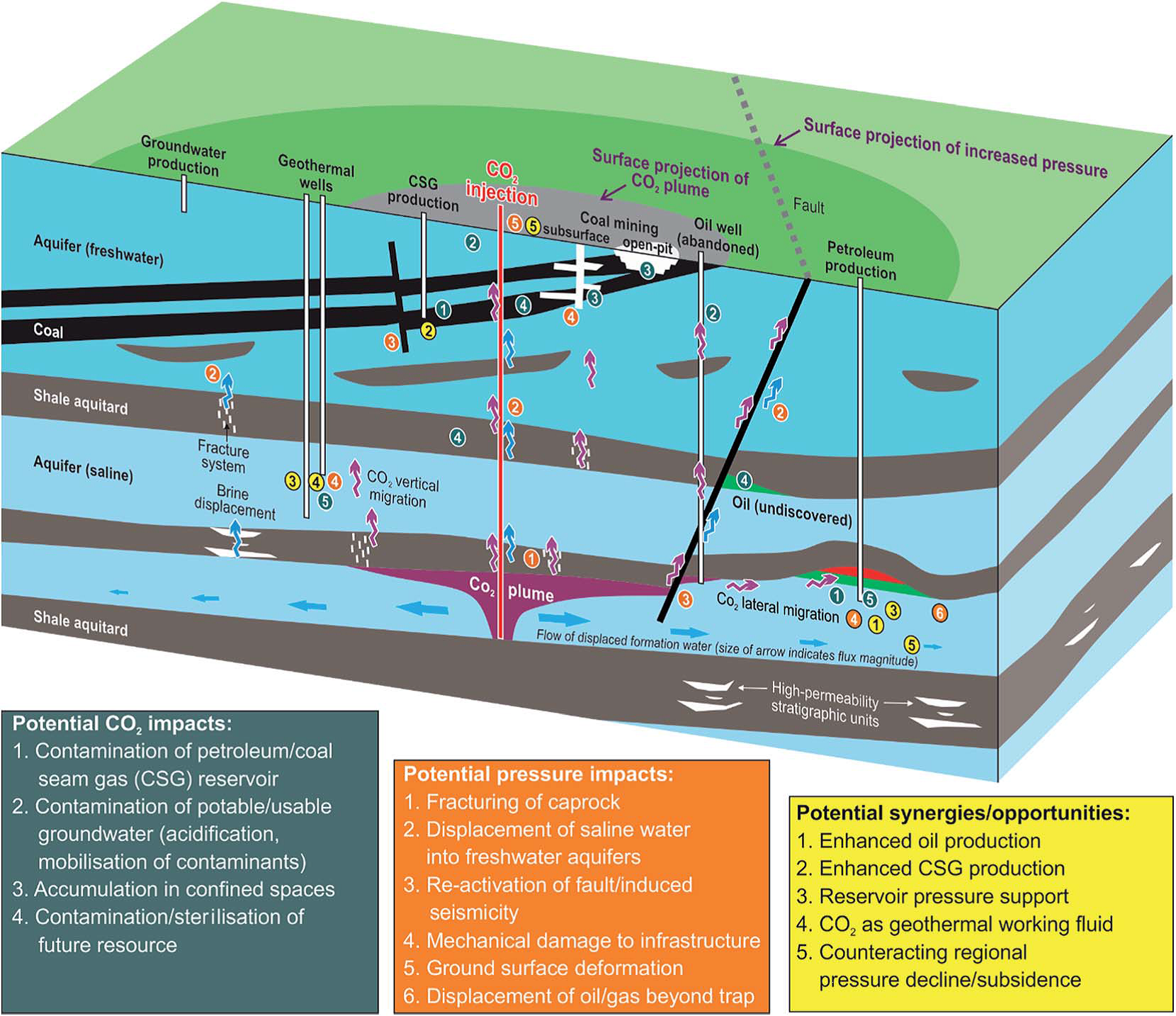We are delighted to share with you a hand-picked selection of papers recently published in Environmental Science: Processes & Impacts (ESPI).
HOT papers – as recommended by our referees
A global atmospheric chemistry model for the fate and transport of PFCAs and their precursors
Colin P. Thackray et al.
Trichloroacetyl chloride, CCl3COCl, as an alternative Cl atom precursor for laboratory use and determination of Cl atom rate coefficients for n-CH2=CH(CH2)xCN (x = 3–4)
Sofie Askjær Hass et al.
Geochemical and isotope analysis of produced water from the Utica/Point Pleasant Shale, Appalachian Basin
T.L. Tasker et al.
Read more HOT papers at rsc.li/espi-hot
Reviews & Perspectives – timely overviews of key topics in environmental science
Quantifying the efficiency and selectivity of organohalide dechlorination by zerovalent iron
Feng He and Paul G. Tratnyek et al.
Potential risks of antibiotic resistant bacteria and genes in bioremediation of petroleum hydrocarbon contaminated soils
Maria S. Kuyukina et al.
How the 2010 Deepwater Horizon spill reshaped our understanding of crude oil photochemical weathering at sea: a past, present, and future perspective
Collin P. Ward and Edward B. Overton
Read more Reviews at rsc.li/espi-reviews
Open Access – read for free!
A geospatially resolved database of hydraulic fracturing wells for chemical transformation assessment
Andrew J. Sumner and Desiree L. Plata
Comparing non-targeted chemical persistence assessed using an unspiked OECD 309 test to field measurements
Zhe Li and Michael S. McLachlan
The importance of aromaticity to describe the interactions of organic matter with carbonaceous materials depends on molecular weight and sorbent geometry
Thilo Hofmann et al.
Read more Open Access content at rsc.li/espi-oa
Sign up for alerts Themed Issues Emerging Investigators Submit
About ESPI
Published on a not-for-profit basis by the Royal Society of Chemistry and led by Editor-in-Chief Professor Kris McNeill (ETH Zurich), ESPI publishes high quality papers in all areas of the environmental chemical sciences, including chemistry of the air, water, soil and sediment. With a team of expert Associate Editors providing a first decision on submissions in just 38 days*, ESPI is committed to providing you with efficient and attentive service throughout the publication process. Furthermore, our flexible article types with no page or word count restrictions allow you to disseminate your research in a format that best suits you. More about the journal can be found at rsc.li/espi
Meet the ESPI team
*Average time from receipt to first decision for peer reviewed manuscripts in 2019
Find out more about the advantages of publishing in a Royal Society of Chemistry journal including our Open Access options
ESPI is complemented by our sister journals, Environmental Science: Nano, Environmental Science: Water Research & Technology and Environmental Science: Atmospheres; find out more about the these journals at rsc.li/envsci




























